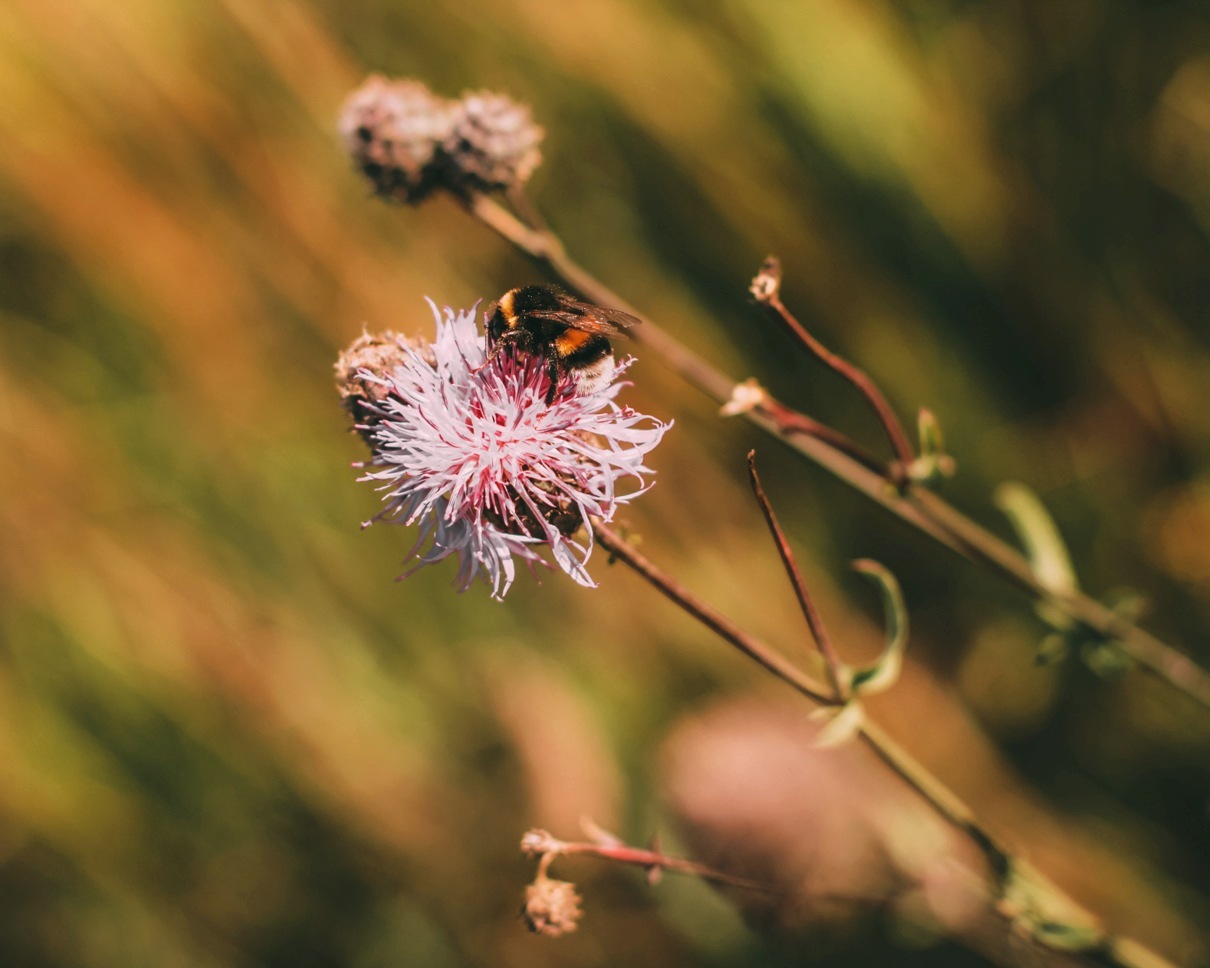Very soon it will be Lughnasadh, a Celtic festival marking midsummer and the beginning of a time of bounty of the land and harvest. This festival celebrates the fierce power of the blazing summer sun. Let’s dive into the legends and traditions of Lughnasadh, a wonderful festival that celebrates the grandeur of summer.

Lughnasadh is a big festival celebrated on August 1, on which bread and pies are baked. On the eve, on the night of August 31, the Wheel of the Year shifts and turns, summer reaches its peak and the time of harvest begins. It is believed to be the very middle of the light half of the year, after which the year will turn towards Samhain, towards the dark time and winter. The nights will now be colder and noticeably longer, although it is still far from the time when day will equal night.
It’s amazing how much can be associated with a period that lasts such a short time. The harvest season has no less symbolism and traditions than Christmas. For instance, Lughnasadh was dedicated to Lugh, one of the most significant gods of the Celtic pantheon. Lugh was the king of the Tuatha Dé Danann and was part of the trinity of the greatest kings of the magical people. The name Lughnasa is interpreted as the gathering of Lugh or the Wedding of Lugh.
I particularly like the legend that tells that Lugh established this festival in honor of his foster mother Tailtiu, as one of her earthly embodiments.
The legends and traditions of Lughnasadh say that it was a time of general gatherings and courts where everyone could seek justice. These events were accompanied by feasts, where farmers and merchants brought a goat, lamb, or piglet as an entrance fee for the king.
Over time, Lughnasadh transformed into a harvest festival for the most part, a day of harvest, and its features became similar to those of similar European festivals. These include rituals of cutting the first and last sheaves, and sampling the harvest. Then the name changed – it became known as Lammas. However, an interesting fact is that the name of the festival can still differ slightly, especially in Britain. In England and Scotland, it’s often called Lammas, in Wales – Gŵyl Awst (August Festival), and on the Isle of Man – Laa Luanys.

Another symbol of Lammas is the sickle. Picture a classic scene where a woman in a field of ears of corn cuts them with this metal tool on one of the hottest days of summer. Can you imagine it? This speaks to the true aesthetic of this festival. The sickle is an ancient harvesting tool that has accompanied humanity since ancient times. Initially, it appeared as a tool for gathering wild grasses and cereals, but its appearance led to humanity’s transition from foraging and farming to the emergence of cultivated cereal forms, and consequently, from a lunar calendar to a solar one.
I love the idea of festivals, especially seasonal ones. When people can pay attention to the change of seasons, the special manifestations in nature, gather with their families for this reason, and have a good time. Nature and such festivals unite people, help build new families, and provide an opportunity for good food.
At Lughnasadh, corn was gathered and made into cakes. The custom usually involved baking bread from the first grains. It was blessed in the church and then broken into four parts and placed in the four corners of the barn. Later, family members would pass a piece of this treat over the fire and sing to create a special atmosphere around the hearth.
Lammas was also a time for large fairs. In Wales, small houses made of reeds and sticks, called “Lammas houses,” were built. Bonfires were lit in them, and apples were baked and sold for pennies.
Don’t forget to check out my summer to-do list to make this season incredible. Also, take a look at my post In the woods if you love seasons and nature.
If you liked this post “Legends and traditions of Lughnasadh” then please follow me on Instagram, so you don’t miss any updates.
I am available for commercial work such as personal photography, brand photography, product photography and more. If you would like to work with me, feel free to email me – hello@foxgleann.com.



